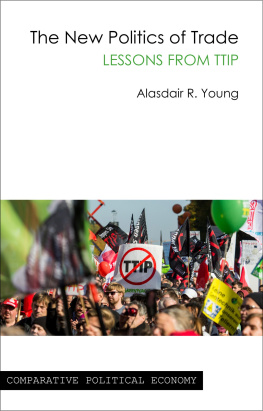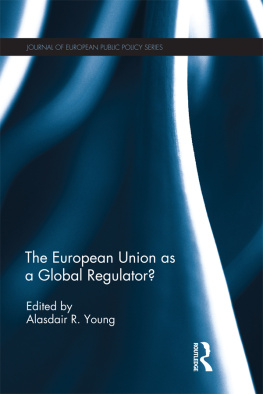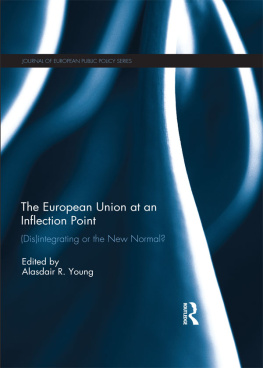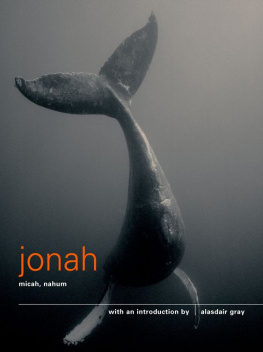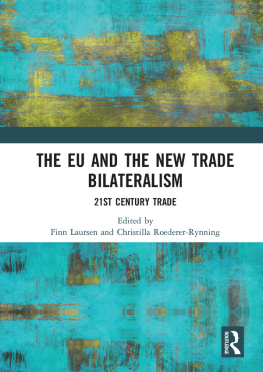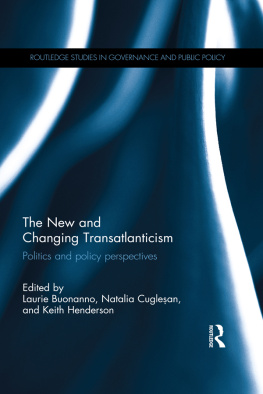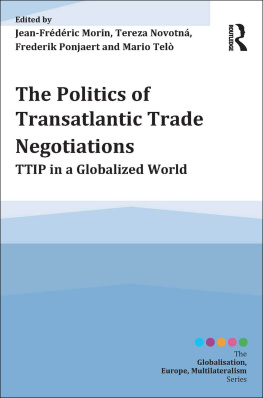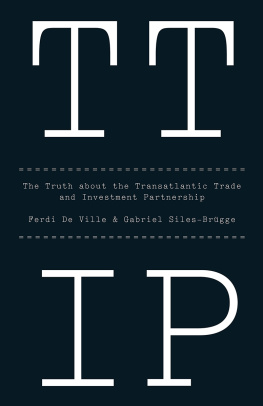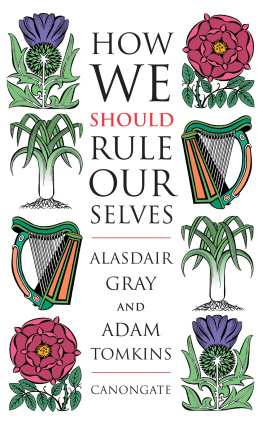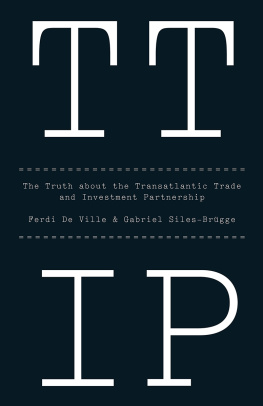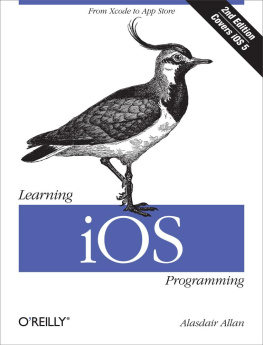Comparative Political Economy
Series Editor: Erik Jones
A major new series exploring contemporary issues in comparative political economy. Pluralistic in approach, the books offer original, theoretically informed analyses of the interaction between politics and economics, and explore the implications for policy at the regional, national and supranational level.
Published
The New Politics of Trade
Alasdair R. Young
The New Politics of Trade
Lessons from TTIP
Alasdair R. Young
Alasdair R. Young 2017
This book is copyright under the Berne Convention.
No reproduction without permission.
All rights reserved.
First published in 2017 by Agenda Publishing
Agenda Publishing Limited
The Core
Science Central
Bath Lane
Newcastle upon Tyne
NE4 5TF
www.agendapub.com
ISBN 978-1-911116-74-5 (hardcover)
ISBN 978-1-911116-75-2 (paperback)
ISBN 978-1-911116-76-9 (epdf)
ISBN 978-1-78821-086-7 (epub)
British Library Cataloguing-in-Publication Data
A catalogue record for this book is available from the British Library
Typeset by Swales & Willis, Exeter, Devon, UK
Printed and bound in the UK by TJ International
Contents
This book is part of a wider project that has been funded with support from the European Commission (Jean Monnet Chair, Award 2012-3121 and Jean Monnet Centre of Excellence, Award 2014-1842). It reflects only the views of the author, and the Commission cannot be held responsible for any use that may be made of the information contained herein. I am very grateful to Aarij Abbas, Simeon Bruce, Ha Young (Henry) Choi, Joshua Jacobs, Zoe Larrier, Meghan Lowther, Jon Schmid, Allison Stanford and Daniel Yoon for their excellent research assistance. I owe a particular debt to the government officials and interest groups representatives who, over the years, have generously taken time out of their busy schedules to discuss these matters with me.
Portions of this book, in different forms, have been presented at: the Biennial International Conference of the European Union Studies Association, Boston, MA, 57 March 2015; the US Department of State, 18 May 2015; Georgia Techs Scheller College of Business, 23 June 2015; the Transnational Relations and the Transatlantic Relationship Workshop at Georgetown University, 45 February 2016; the International Studies Associations 57th Annual Convention in Atlanta, GA, 1619 March 2016; the 23rd International Conference of Europeanists, Philadelphia, PA, 1416 April 2016; the 21st Century Trade Politics: TTIP as a Test Case?, Jean Monnet Workshop at the Georgia Institute of Technology, 2930 April 2016; the The Transatlantic Trade & Investment Partnership (TTIP): Prospects and Challenges for EUUS Economic Cooperation conference at Florida International University, 1617 February 2017; and the European Union Studies Association 15th Biennial International Conference, Miami, FL, 46 May 2017. I am grateful to the many participants particularly Na-Kyung (Haillie) Lee, Sophie Meunier, Abraham Newman, Mark Pollack, Mike Smith, Christilla Roederer-Rynning and Gabriel Siles-Brgge for their comments on parts of this book. I also thank an anonymous reviewer for his/her close reading of, and constructive comments on, the manuscript. I am also very grateful to Erik Jones for encouraging me to write this book, to Alison Howson at Agenda for her expert guidance, and to both for their feedback on the manuscript. I claim sole ownership of any and all errors.
I am profoundly grateful to my family Paige, Cameron and Scout for their love and support.
ARY
Atlanta, GA
The Transatlantic Trade and Investment Partnership was intended to be the cornerstone for a new multilateral trading system. The agreement would lower costs for firms doing business on both sides of the Atlantic. It would raise employment related to the trade in goods and services in Europe and the United States. And it would promote a new pattern of regulatory cooperation that would leverage the common values shared by Americans and Europeans to create binding standards for manufactured products, service provision, labour relationships, investment protection and conservation of the environment. In short, it was a deal that had something for everyone and offered few incentives for opposition from those who would be part of the agreement. Non-participating countries such as China might complain about the necessity for dealing with a Euro-American condominium, and yet the principals on both sides of the transatlantic partnership had nothing to lose and everything to gain.
Paraphrasing the Scottish poet Robert Burns, the best laid plans of mice and men oft go astray. The Transatlantic Trade and Investment Partnership was not negotiated on one tank of gas, as US Trade Representative Michael Froman promised in July 2013. Instead, it languished in the shadows of the US-led Transpacific Partnership negotiations on the American side of the Atlantic, while confronting unexpected (and unexpectedly intense) opposition in Europe. Business leaders in large multinational corporations remained enthusiastic about the prospects for an agreement, and trade negotiators remained committed to fulfilling their brief. Nevertheless, the new partnership fell prey to a growing distrust of complex trade agreements, outright rejection of third-party arbitration, and a lingering sense that the dense web of trade and investment that makes up the global economy is not a good thing.
Events also conspired against the agreement. The June 2016 UK referendum vote to leave the European Union (EU) challenged fundamental assumptions about what a transatlantic partnership would mean. The US election of Donald Trump as 45th president the following November only deepened scepticism about the prospects for (and desirability of) agreement on both sides of the Atlantic. When the new Trump administration withdrew from the Transpacific Partnership, most observers took it as given that the Transatlantic Trade and Investment Partnership was dead. What started as a winwin agreement no longer looked to be worth the effort. Any new multilateral trading system would have to find other foundations. The only questions were who would pick up the pieces, and when.
Alasdair Young does a masterful job of both setting out and explaining this narrative. In this short book, he makes it easy to understand why the Transatlantic Trade and Investment Partnership started with such high expectations, and how things went in a different direction. His story is about the subtle challenges that emerge when efforts to promote regulatory cooperation are folded into a more traditional trade negotiation. It reveals the importance of differences in political institutions across the Atlantic. And it shows how political leaders were caught unprepared by the suddenness and intensity of opposition to globalization. The Transatlantic Trade and Investment Partnership was both the logical progression in economic integration between the worlds two largest and wealthiest economies and the victim of the kind of backlash that adaptation to modernity brings. The negotiations failed for the same reasons they came into being.
This story is important both to unlock the recent past and to prepare for a potentially tumultuous future. The United States and the EU have the luxury of living together without another complex and more comprehensive form of partnership. The ties of existing agreements for trade liberalization and for regulatory cooperation are already binding. The same is not the case for the United Kingdom, which is preparing to rebuild its relationships with the EU and the United States from scratch. The economic logic for having deep and comprehensive agreements between Great Britain and its Atlantic partners is compelling. The politics is much more complicated. Youngs analysis of the failure of negotiations across the Atlantic offers important insight into the challenges that British politicians and negotiators are likely to face. The Transatlantic Trade and Investment Partnership may have ended in failure, but hopefully the British government and its Atlantic partners can learn from those mistakes.


